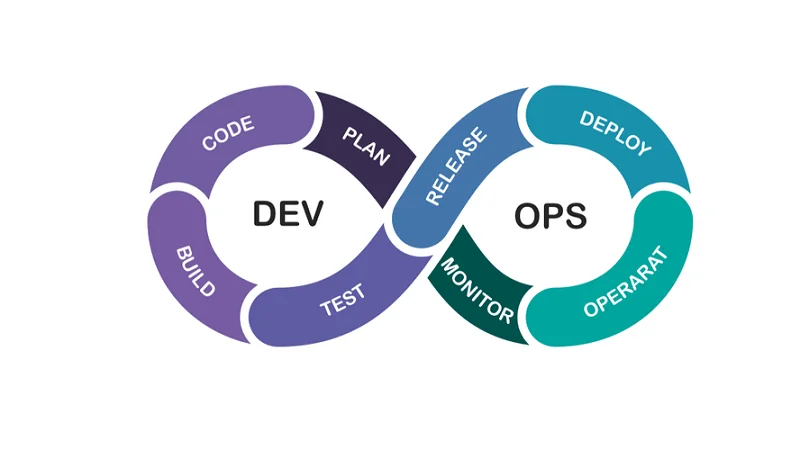As a preprocessor, Sass compiles into regular CSS that browsers can interpret, thus bridging the hole between highly effective improvement tools and easy, browser-ready code. SASS emerges as a robust CSS preprocessor that significantly simplifies and enhances the method of writing and managing stylesheets for net improvement tasks. Its wealthy array of options, including variables, nesting, mixins, partials, and inheritance, empowers developers to craft extra maintainable, modular, and scalable CSS code. By integrating SASS into your workflow, you’ll have the ability to streamline your styling course of and enhance the effectivity and consistency of your web applications.

Compiling Sass To Css

Rather than redefining every little thing from the beginning, Sass permits you to keep or inherit the properties of a Mixin and add individual values as wanted. So, using Sass, you’ll be able to rapidly import the fonts and colours you outlined in an earlier Mixin while including properties for that new header. If there’s one factor developers hate, it’s repeating themselves. Suppose that you’re creating a website with many pages. Of course, you’d want the completely different pages to look and feel linked by having consistent shade schemes and fonts.
- That makes Sass code a lot simpler to read and understand, particularly in large net tasks involving multiple builders.
- Sass (Syntactically Superior Type Sheets) is an extension of CSS.
- As a outcome, Sass may be thought of a mature yet up-to-date language.
- This promotes consistency and makes it easier to update styles throughout your project.
These traits of the processors additionally enable us to make the generated CSS that more comfy to maintain and extra reusable. Every expression produces a price and that value is stored in variables. The @extend directive permits to share a set of CSS properties from one selector to a different.
With its flexibility and broad help in tools and frameworks, it remains a popular choice for developers worldwide. In practice, although writing with Sass syntax may be quicker, it’s much less beneficial, because it takes you further away from the CSS language itself. Not solely does it drive you to study more, however your code might be less like standard CSS, and subsequently it is normal for you as a developer to feel less “at home” utilizing Sass syntax. Writing and managing CSS can become more challenging as net pages are extra complicated.
This is where CSS preprocessors like SASS step in to streamline the process. Sass brings fashionable developer tooling like variables, mixins, reusable logic that vanquishes CSS limitations. Front-end growth is the a half of net programming language development that customers see and interact with. It consists of every thing from a website’s format to the buttons you click on and the text you read. The future of front-end growth holds great promise as our online world grows, taking half in a vital function in shaping user experiences.

His teaching repertoire contains a variety of languages and frameworks, corresponding to Python, JavaScript, Subsequent.js, and React, which he presents in an accessible and interesting method. Sass pré-processes stylesheets reworking into CSS browsers perceive. Nesting structures code primarily based on DOM, whereas partials/imports organize stylesheets modularly. This will output compiled CSS files to a /css folder. While both syntaxes have the same capabilities, most developers choose the extra CSS-like SCSS.
Sass will nest CSS selectors in a way that follows the same visible hierarchy of HTML. Nesting in SCSS is the flexibility to combine completely different logical constructions and nest CSS guidelines within one another. It creates a more organized and hierarchical construction for our stylesheets. Thus, earlier than you can start utilizing Sass, you first need to install Dart (we won’t go into detail about how to try this in this blog post however you’ll find extra info at that link). Once you have the right tools and system in place, the next move is to get conversant in the syntax of Sass.
Sass As A Strong Extension To Css
These partials can then be imported into other SASS files, making it simpler to prepare and maintain your types. Sass may be built-in right into a project’s workflow via numerous instruments and frameworks. Popular task runners like Gulp or Grunt can automate Sass compilation, or builders can use module bundlers like Webpack which are extremely appropriate with Sass. Dr. Alex Mitchell is a dedicated coding teacher with a deep ardour for teaching and a wealth of expertise in laptop science schooling. The major distinction from common CSS is that Sass code must first be compiled to standard CSS earlier than browsers can read it.
Options like nesting additionally make writing CSS extra intuitive. If you choose between Sass and LESS, it depends on your project and group preference. In basic, Sass has more flexibility and a wider community, making it a higher option for advanced initiatives. Sass and LESS are both CSS preprocessors that add extra performance, however there are essential differences.
Yes, particularly if you’re already conversant in CSS. The SCSS syntax is similar to common CSS, and there are many documentations and instruments out there that will assist you study. Variables allow you to retailer and reuse generally used values similar to colors and dimensions. By using Sass, you’ll save time and keep away from mistakes when altering styles manually. When using CSS, you want to code for every design factor in every place you need it to appear on the webpage. Because Sass allows you to create DRY code with mixins that act as a reference throughout your code, you possibly can combat code bloat for cleaner, clearer, dryer code.
As A Result Of the browsers don’t perceive it.Therefore, a transpiler is useful on this regard and transforms the .sass or .scss information into .css normal CSS stylesheets. As the Sass project has grown over the last 15+ years, Ruby’s reputation has waned and faster and extra powerful programming languages have gained reputation. In 2016, Natalie Weizenbaum implemented a new model of Sass written in Dart, a model new programming language developed by Google. Compared to Ruby, Dart isn’t as widely used, but it’s significantly sooner, simple to put in, and easy to be taught.
The @include directive is used to include a mixin styles that is defined beforehand. Whereas everything accomplished in Sass could be carried out in CSS, Sass helps you, the developer, write code in a way that looks and feels like a programming language. With Sass, not solely are you able to sass software outline variables, but you can even package deal teams of variables known as Mixins. For instance, if many of the pages on a web site use the identical fonts, colors, and border schemes, you possibly can define a Mixin that includes all of those values.